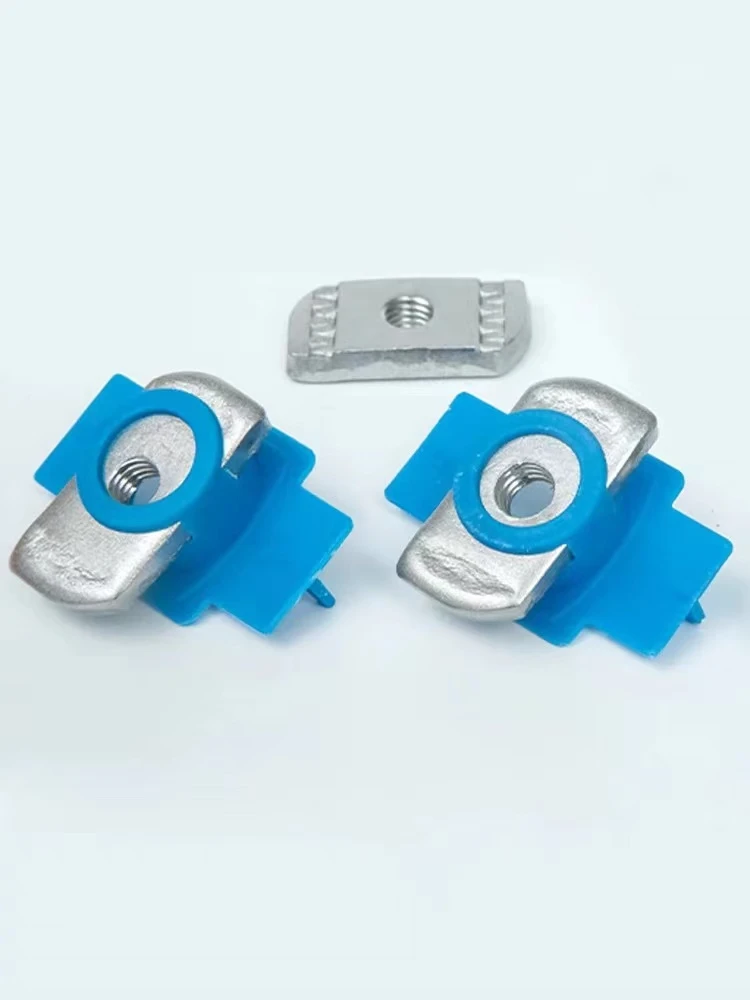

Creating Efficient Solutions for Washer Design and Applications in Modern Manufacturing
Nov . 30, 2024 09:12 Back to list
Creating Efficient Solutions for Washer Design and Applications in Modern Manufacturing
Understanding Washer DIN Standards A Comprehensive Guide
When it comes to manufacturing and engineering, precision and reliability are paramount. One of the often-overlooked components that plays a crucial role in these industries is the washer. Among the various types of washers available, DIN (Deutsches Institut für Normung, or the German Institute for Standardization) washers stand out due to their widespread use and standardized dimensions. This article delves into the significance, types, and applications of DIN washers, particularly those utilized in bolting and fastening operations.
What are DIN Washers?
DIN washers are specifically designed according to the standards set by DIN, which provides a set of guidelines that ensure consistency in dimensions, material properties, and performance criteria. These washers serve as essential components in assembling machines and structures, providing support and distributing load to prevent damage to the connected parts. Their primary function is to enhance the fastening system's integrity and longevity by reducing stress concentration on the fasteners.
Types of DIN Washers
1. Flat Washers (DIN 125) These are the most common type of washers, typically made of metal or plastic. They are used to distribute the load of a screw or nut, ensuring even pressure and protecting the surface underneath.
2. Spring Washers (DIN 137) Designed to provide a flexible joint, spring washers are often used to prevent loosening under dynamic loads. They can absorb shocks and vibrations, making them ideal for applications where movement is expected.
3. Lock Washers (DIN 7349) Lock washers are used to secure the joint against rotational loosening. They have unique designs that create extra friction, keeping the fasteners in place.
4. Fender Washers (DIN 9021) These are wider than standard flat washers, providing a larger bearing surface. They are particularly useful for distributing loads over a larger area, preventing pull-through in softer materials.
5. Sealing Washers (DIN 7603) Often used in plumbing applications, sealing washers prevent leaks by creating a watertight seal. Made from materials like rubber or silicone, they are essential in any system that requires a moisture barrier.
Material Considerations
The selection of materials for DIN washers is critical, as it determines their performance and suitability for different environments. Common materials include
washer din

- Steel Regular or stainless steel washers offer strength and corrosion resistance. Stainless steel is often preferred for outdoor applications or in corrosive environments.
- Plastic Nylon or PVC washers provide excellent resistance to chemicals, making them suitable for specialized applications.
- Rubber Often used for sealing washers, rubber provides flexibility and resilience, ensuring a tight, leak-proof joint.
Applications of DIN Washers
DIN washers are ubiquitous in various industries, including
- Automotive Used extensively throughout vehicles for fastening components, ensuring durability and safety.
- Construction Ideal for structural applications, providing support for beams, trusses, and other load-bearing connections.
- Machinery Essential in manufacturing equipment, where they help maintain alignment and prevent loosening of fasteners under vibration.
- Electronics Used in assembling electronic devices, ensuring connections remain secure.
Conclusion
In summary, DIN washers are fundamental components that enhance the reliability and effectiveness of mechanical assemblies. By adhering to standardized dimensions and material properties, DIN washers provide engineers and manufacturers with the assurance of quality and interoperability in their applications. Whether you are involved in automotive production, construction, or machinery design, understanding the different types of DIN washers and their specific applications can significantly contribute to the success of your projects. Always ensure that the correct type and material are chosen for the specific requirements of your application, as this will ultimately determine the integrity and longevity of the fastening system.
Latest news
-
Hot Dip Galvanized Bolts - Hebei Longze | High Strength, Corrosion Resistance
NewsAug.01,2025
-
High-Strength Hot Dip Galvanized Bolts - LongZe | Corrosion Resistance, Custom Sizes
NewsAug.01,2025
-
Best Self Tapping Screws for Drywall - Fast & Secure Installation
NewsJul.31,2025
-
High-Strength Hot Dip Galvanized Bolts-Hebei Longze|Corrosion Resistance&Customization
NewsJul.31,2025
-
Hot Dip Galvanized Bolts-Hebei Longze Metal Products|Corrosion Resistance&High Strength
NewsJul.31,2025
-
Hot Dip Galvanized Bolts-About LongZe|High Strength, Corrosion Resistance
NewsJul.30,2025

